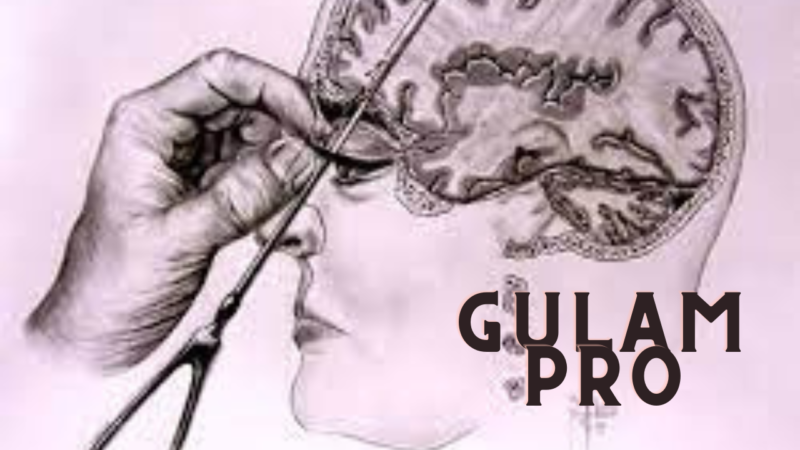Unsung Hero of the Humerus: Deep Dive into the Teres Major Muscle

Nestled amidst the intricate web of muscles in the shoulder region lies the teres major, often overshadowed by its flashier cousin, the latissimus dorsi. Yet, this thick, band-like muscle plays a crucial role in the symphony of motions that define our upper limb movement. Today, we embark on a journey to unveil the teres major’s secrets, exploring its anatomy, function, clinical significance, and training tips.
Anatomical Atlas: Finding the Teres Major
Imagine a gladiator’s shield strapped to your back, that’s roughly the shape and position of the teres major. It originates from the lower angle of the scapula, the broad bone anchoring your shoulder blade, and stretches like a sturdy ribbon alongside your spine. Its journey culminates at the humerus, the upper arm bone, where it inserts onto a groove on the inner side. This strategic placement allows the teres major to exert powerful pulls on the humerus, influencing its movement.
Functioning Symphony: What the Teres Major Does
Think of the teres major as a tireless backstage crew member in the theater of shoulder movements. Its primary roles include:
- Internal Rotation: Imagine beckoning someone closer. The teres major, along with the latissimus dorsi, rotates your arm inwards, bringing your hand towards your chest.
- Adduction: Picture hugging yourself for warmth. The teres major pulls your arm closer to your body, a movement called adduction.
- Extension: Ever try reaching for something high on a shelf? The teres major assists in bringing your arm back and down, extending it behind your body.
- Stabilization: The teres major acts like a silent guardian, helping to keep the humeral head snugly seated in the glenoid cavity of the scapula, ensuring smooth and stable arm movement.
Clinical Spotlight: Teres Major Troubles
Despite its dedication, the teres major isn’t immune to trouble. Injuries can occur due to overuse, sudden strain, or repetitive motions, leading to:
- Tears: A partial or complete tear can cause pain, weakness, and difficulty performing certain movements.
- Inflammation: Overuse or impingement from nearby structures can lead to tendinitis, causing shoulder pain and tenderness.
- Nerve involvement: In rare cases, the axillary nerve, which runs close to the teres major, can be compressed, causing tingling, numbness, and weakness in the arm.
Training the Teres Major: Unleashing the Inner Beast
Strengthening the teres major can improve shoulder stability, prevent injuries, and enhance athletic performance. Here are some exercises to get you started:
- Internal Rotations with Cable or Band: Anchor a cable or band to a low pulley and pull your hand towards your chest while keeping your elbow tucked to your side.
- Face Pulls: Stand facing a cable machine, grab the handles, and pull them towards your face, engaging your back muscles and teres major.
- Chin-Ups: This classic exercise works multiple muscles, including the teres major, as you pull yourself up towards the bar.
Remember, proper form is key to avoid injury. Consult a qualified trainer if you’re unsure about the technique or have any medical conditions.
Beyond the Muscles: Fun Facts and Trivia
- Latin Origins: The name “teres major” comes from the Latin word “teres,” meaning “rounded,” likely referring to the muscle’s smooth, cylindrical shape.
- Climbing Companion: Nicknamed the “climbing muscle,” the teres major aids in pulling the body upwards, a crucial skill for our primate ancestors and rock climbers alike.
- Artistic Inspiration: Michelangelo’s iconic statue of David beautifully showcases the defined contours of the teres major, a testament to its role in sculpting the human form.
Conclusion: A Tribute to the Teres Major
The teres major may not be a household name, but its contributions to our everyday movements are undeniable. From fetching a high shelf item to hugging a loved one, this unsung hero tirelessly orchestrates the complex choreography of our arms. So, the next time you raise your hand, take a moment to appreciate the hidden power of the teres major, the silent sculptor of your motions.
Further Exploration:
- For a deeper dive into the anatomy, check out this interactive 3D model of the teres major: https://www.innerbody.com/image_musbov/musc27.html
- Want to learn more about shoulder injuries? This video provides a detailed overview: https://www.youtube.com/watch?v=mEmDgX8jkGg
- Looking for personalized training advice? Consult a certified fitness professional for guidance on safe and effective teres major exercises.
Remember, knowledge is power, and delving into the world of the teres major can empower you to






